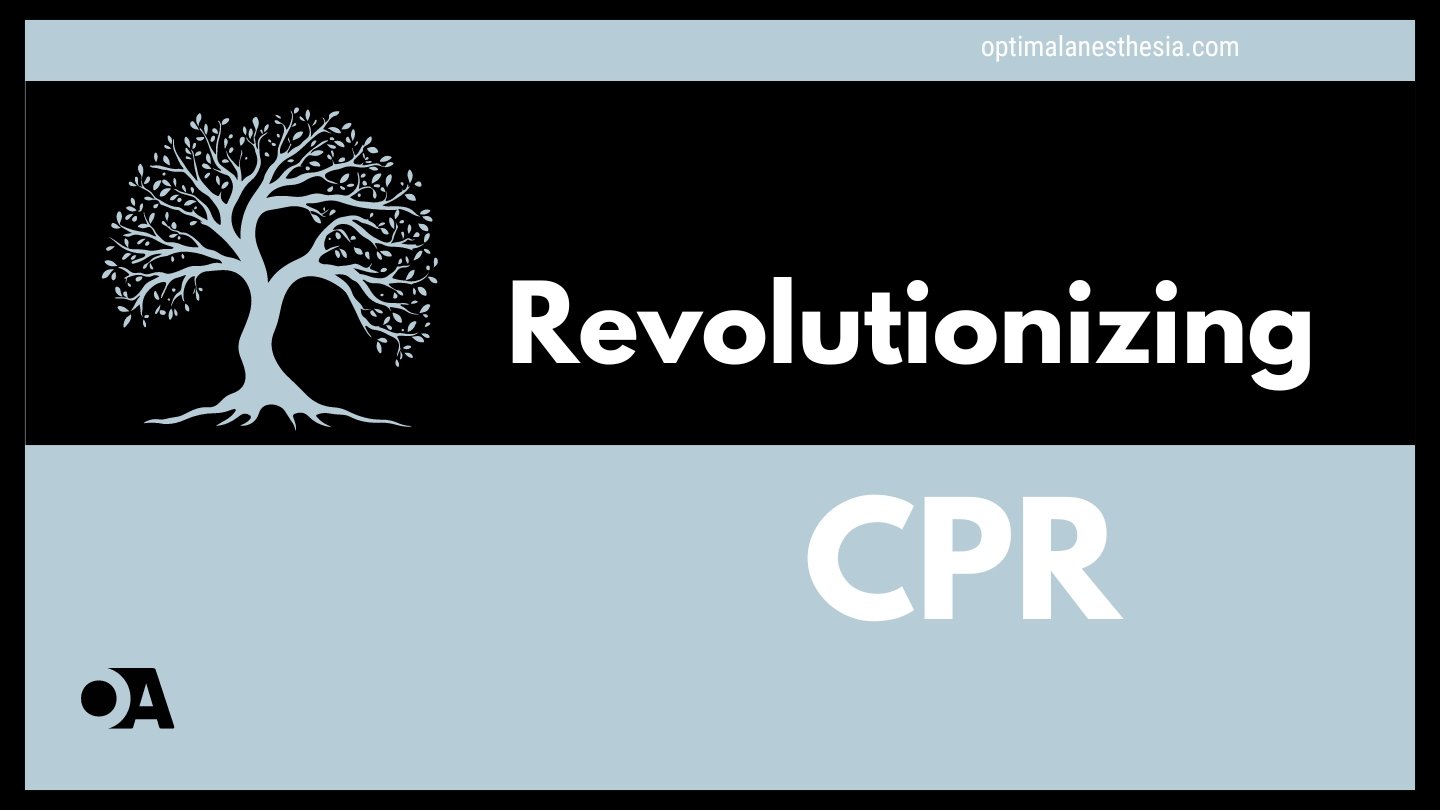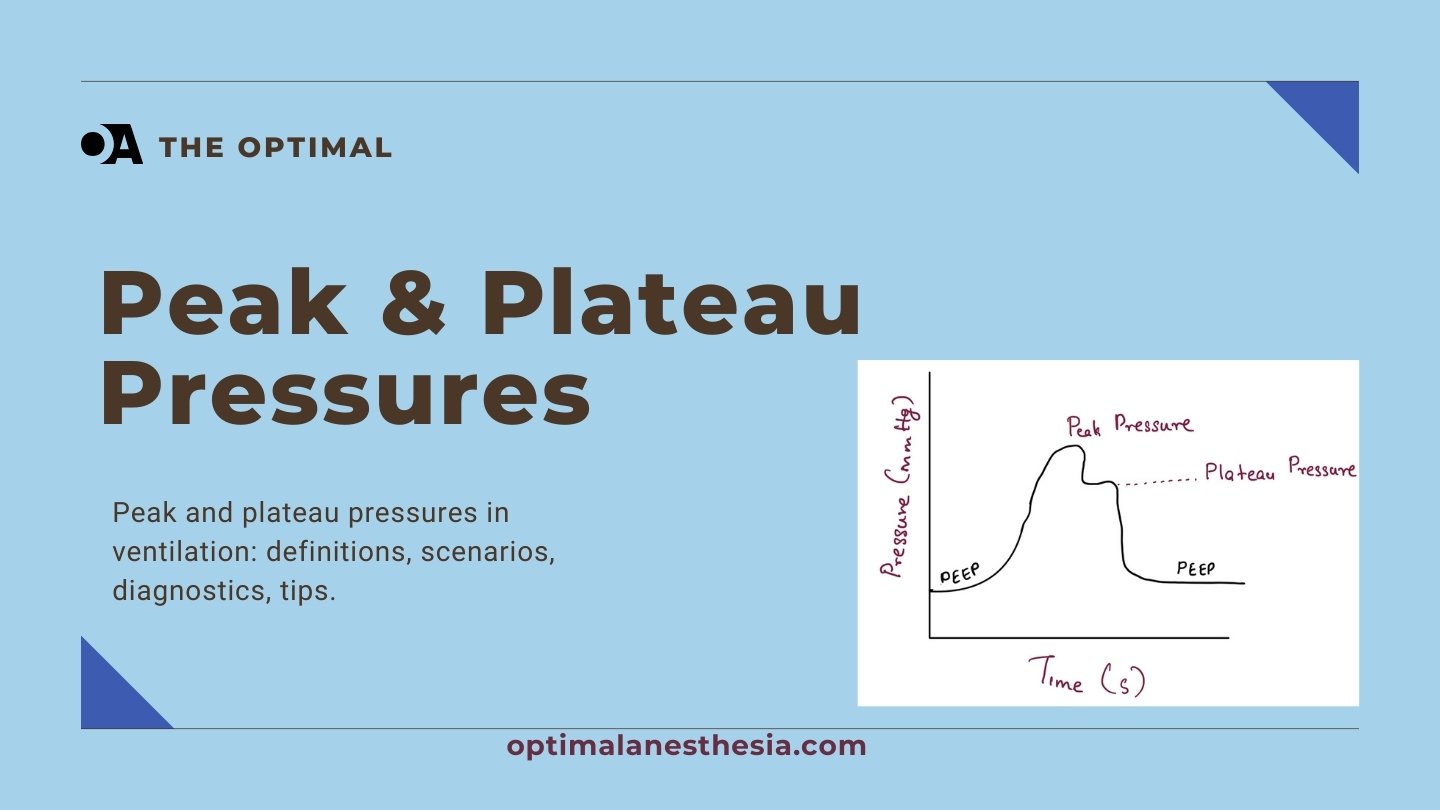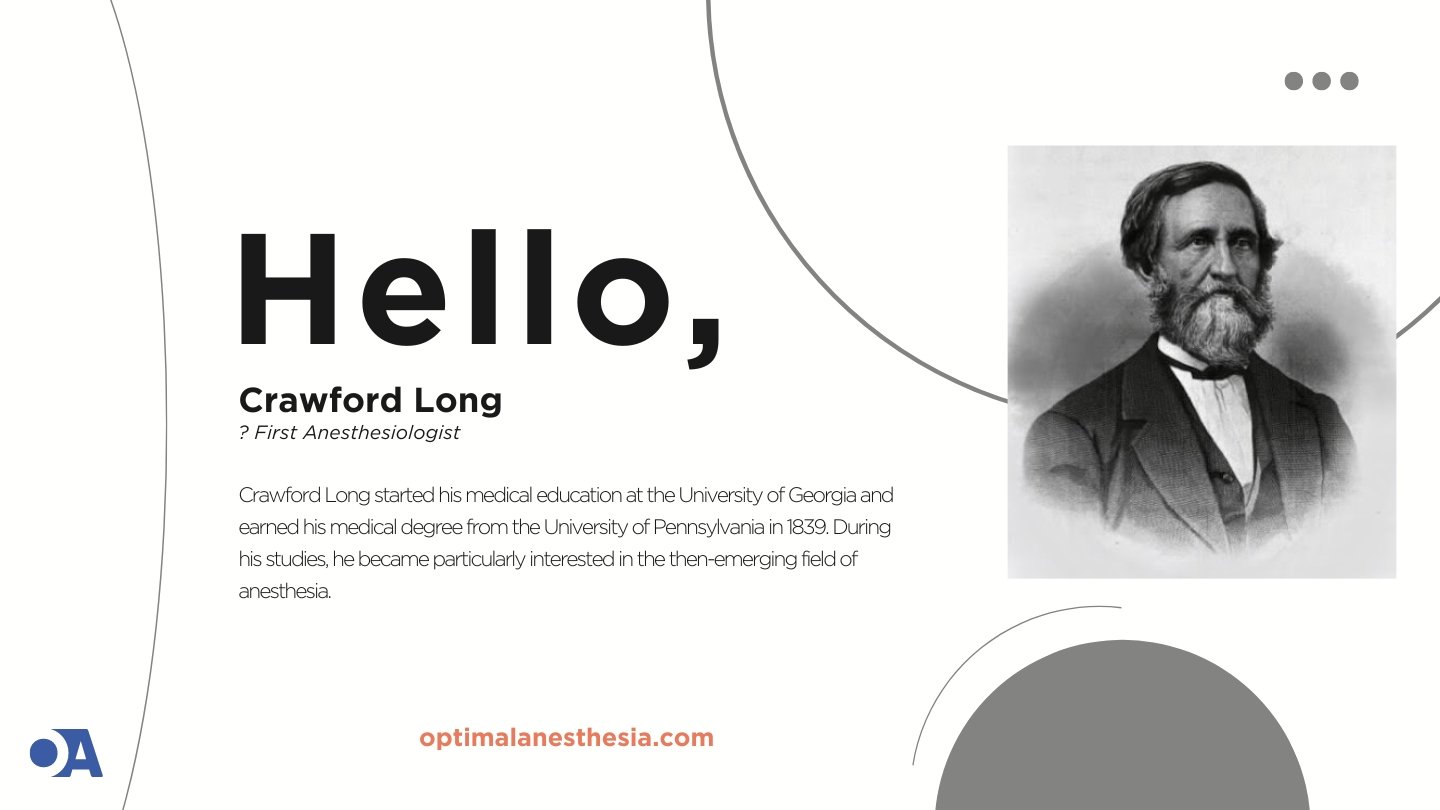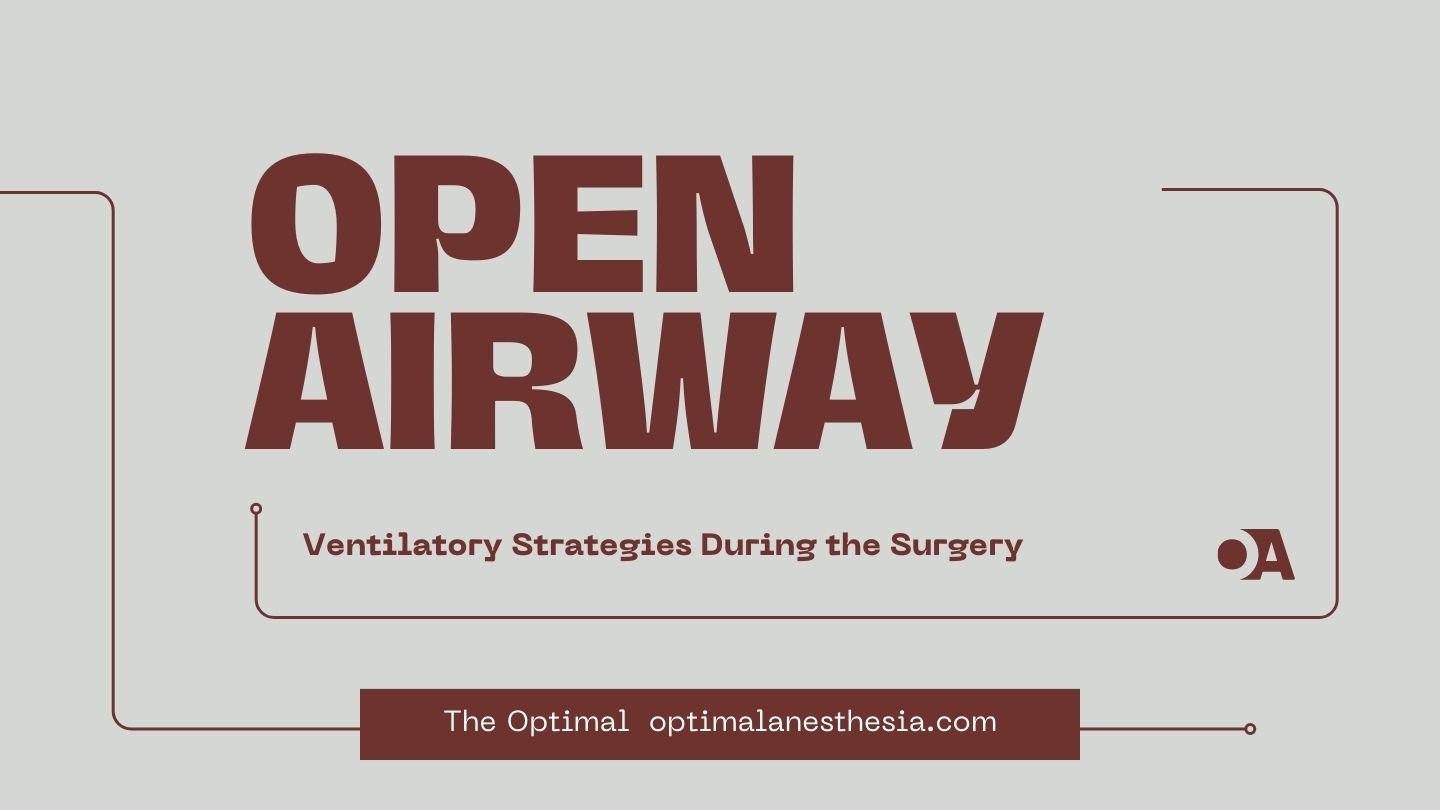Revolutionizing CPR with the LUCAS Chest Compression Device
Cardiopulmonary resuscitation (CPR) is a lifesaving technique that many are familiar with, yet it comes with significant challenges. Traditional CPR relies on manual chest compressions, which can be inconsistent and difficult to maintain over time, particularly in high-stress or complex medical situations. This inconsistency can drastically reduce the effectiveness of CPR, putting patients at greater … Read more










